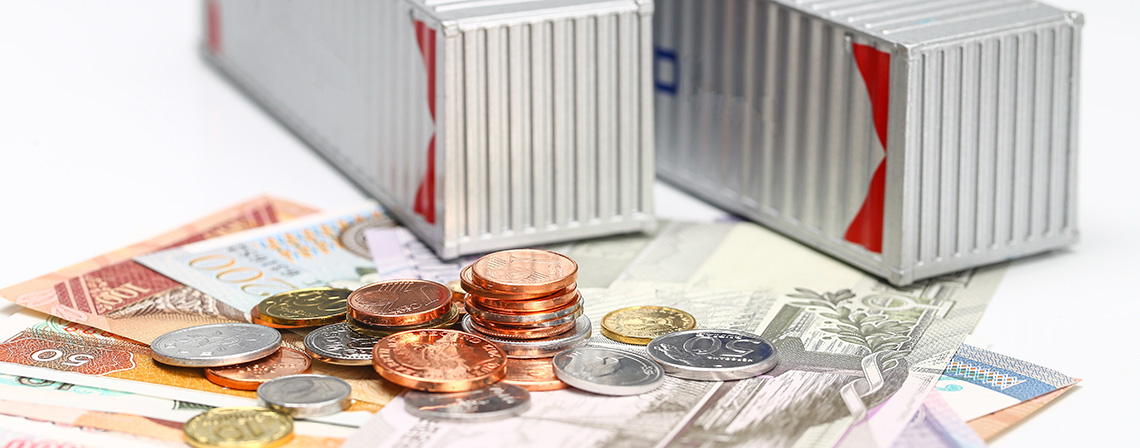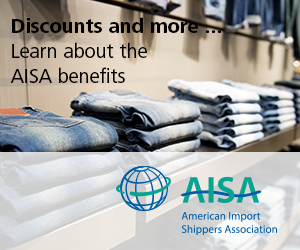Much has been written about 2020-21 service contract terms which had to be negotiated by phone or e-mail, while at the same time cargo owners and ocean carriers had to use all their wits to keep as much cargo as possible flowing during the unprecedented disruptions caused by COVID-19 on supply-chains.
The dust has now settled for most part, at least as Trans-Pacific to U.S. rates are concerned, and what I can ascertain is the following:
Contract Base-rates, fixed for the duration of a contract, were increased, but by not more than was customary in past years – which is to say by about $ 100 to $ 200/40 ft container from China to US West Coast as well as East Coast ports.
Bunker/Very Low Sulfur Fuel Oil (VLSFO) surcharges, despite the recent collapse of fuel prices, have been maintained by most carriers at the 2nd Q 2020 levels after the IMO’s low-sulfur fuel requirements became effective on Jan. 1st. As in the past, BAF and VLSFO surcharges are “floating” i.e. they are adjusted monthly or quarterly (individual carrier’s decision) – and continue to be based on a range of factors such as the length of trade routes , ship sizes, load factors, back hauls, and other commercial factors.
No wonder that cargo owners have a difficult time understanding the current BAF/VLSFO calculations – especially when assuming that most Trans-Pacific carriers buy their fuel oil at pretty much the same bunkering ports/locations. Nonetheless, you want to look at the ALL-INN rate, rather than its BAF components –when you weigh somewhat lower cost against carriers’ service quality.
Spot Rates: can fluctuate frequently and oftentimes in quick succession, depending on the availability of vessel space. Last week, for example, Spot Rates from Shanghai to Los Angeles were 12,8 percent higher than the previous week, and 9.9 percent higher than on May 1st last year. (according to the Shanghai Containerized Freight Index, published by the JOC.com). As long as the carriers void sailings to adjust to reduced cargo volume one can expect Spot Rates to remain higher than most service contract rates.
General Rate Increases (GRI): the carriers continue to pro-active filing very sizeable General Rate Increases; $ 1,000/40 ft container seems to be the magic number. I have no idea about whether or not any of these GRI filings ever have, or will, lead to increased revenues, but mention them anyhow because one or the other carrier may insist on a negotiated GRI as an incentive to provide sufficient vessel space during volume peaks.
Peak Season Surcharges (PSS): Combined with the voiding of sailings/elimination of available vessel space, the carriers will make a major push to collect Peak Season Surcharges as container volume increases significantly during a ”Peak” Season/period. I suggest you should consider, as a precautionary measure, a PSS of around $ 200/40 ft container to secure vessel space.




